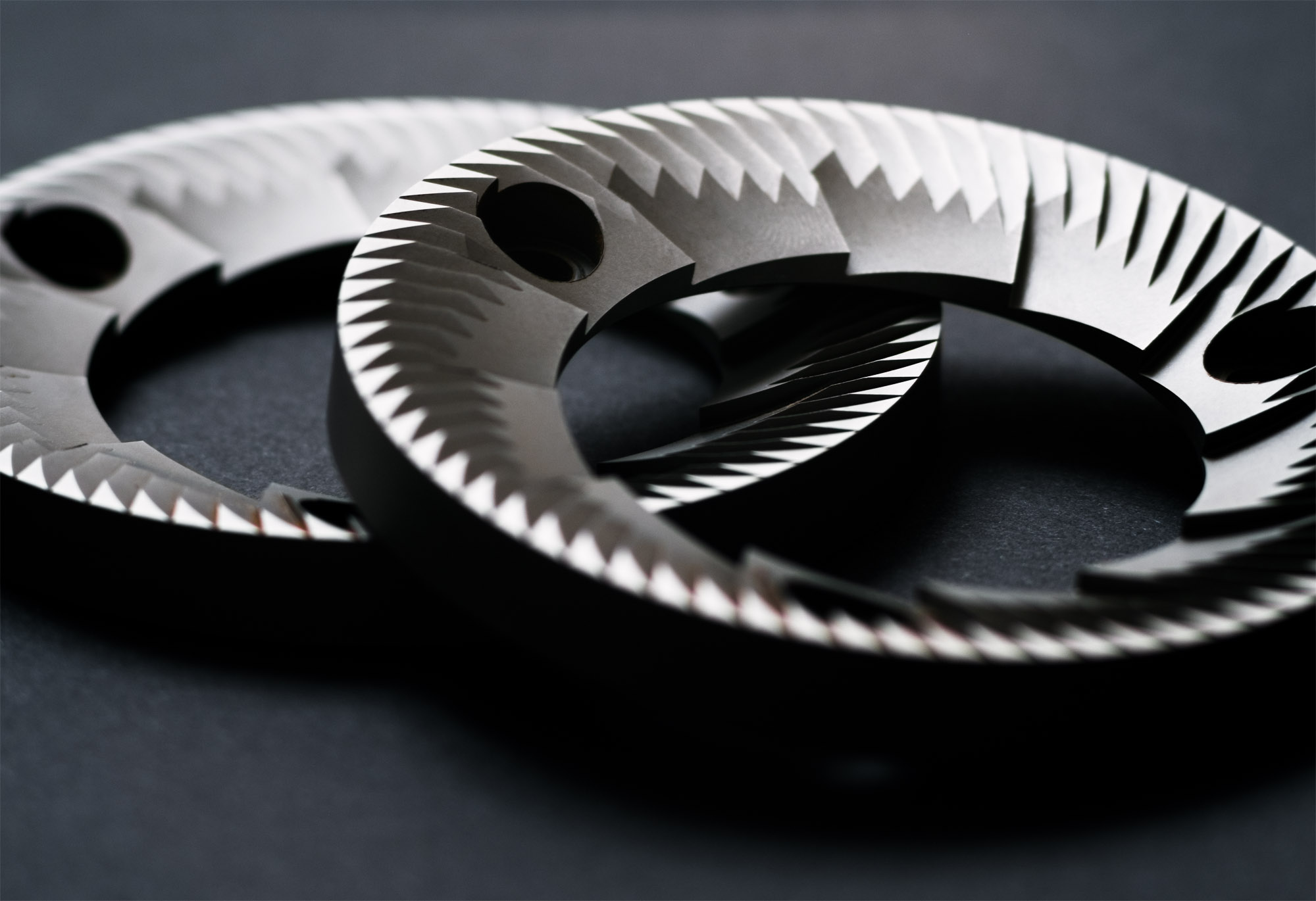 Listen to 2009 World Barista Champion Gwilym Davies narrate this lesson
Listen to 2009 World Barista Champion Gwilym Davies narrate this lesson
The grinder plays a critical role in the preparation of espresso. Compared with filter coffee, espresso is very strong but is made in a very short time. This means the ground coffee for espresso needs a very high surface area in order to allow enough extraction in the time allowed, but it also needs to allow water to flow through the bed of coffee, even when the coffee particles are finely ground and packed together. Achieving these two goals requires a plurimodal grind size, wherein fine particles provide enough surface area for extraction in the time allowed, but larger particles allow water to flow through the bed of coffee in a reasonable amount of time (M Petracco, 2005). This is different from filter coffee methods, where the best results seem to come from coffee ground as much as possible to a uniform size, so that the particles extract at more or less the same rate.
Erosion vs. diffusion
Due to its short duration, coffee extraction for espresso is quite different from coffee extraction for filter methods. To achieve a good extraction in filter coffee, water needs to diffuse into the centre of the coffee particles and dissolve the tasty compounds inside, so that they can pass into the brew. Diffusion is a slow process, so in the short time that it takes to make an espresso, almost no diffusion into the centre of coffee particles can take place. Instead, extraction in espresso mainly relies on erosion, or ‘washing’, of solubles from near the surface of the coffee particles.
This reliance on erosion means that not only is a very high surface area needed, but also that ‘fines’ (small fragments) behave quite differently from larger particles. In the smallest particles, all the cells are broken open, which means all of the material is in direct contact with water and can potentially be eroded.
